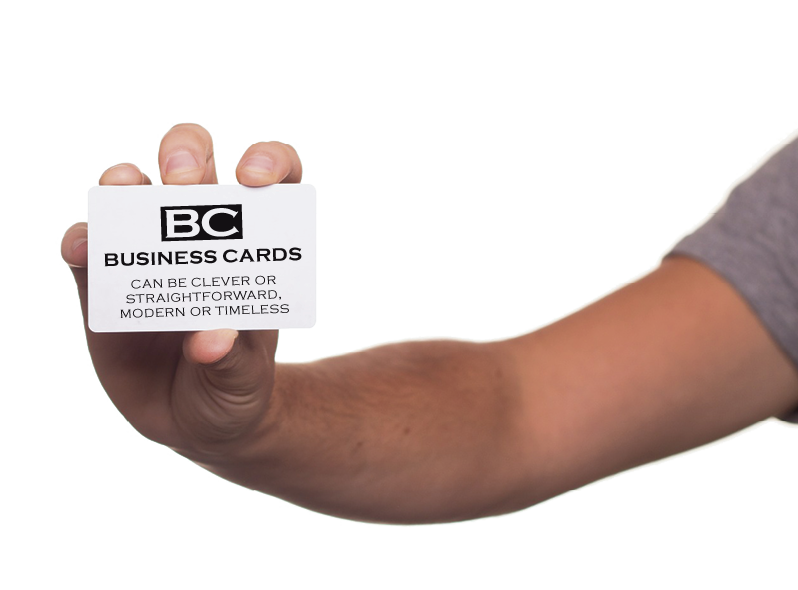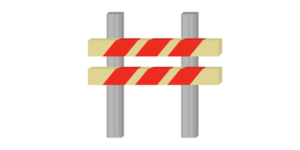Decorative concrete requires an artisan’s touch. You do beautiful work and the results speak for themselves. But like your work, your company image and brand identity should speak to that same level of quality. The modern consumer trusts brands that look professional and have a clean look. With a glance at your website it takes a mere 50 milliseconds for a visitor to form an opinion of your company.
Establishing a strong and appealing brand identity is as important as using enough powdered release — it leaves a solid first impression and brings more customers through the door. But what are the core elements any brand should have? And how do you go about developing them?
The digital world is becoming increasingly accessible, and new tools and resources make it easier than ever to develop a brand. Here are some core elements any brand should have, with practical approaches geared toward the decorative concrete industry:
Modern website
When was the last time you updated your website? If the answer falls before the day you bought your car then you may want to consider an update. Your website drives your business, so you want it to be in good working order to do the job well. It’s where many potential customers have their first conversation with your company, so make sure it’s a good one.
For DIY types, Squarespace or Wix are great solutions, offering drag ’n’ drop design functionality and rock-solid starting templates. If customization isn’t your top priority and you have some time to put toward designing your own site, this may be just right for you.
If you’re looking for a more custom website solution there are great things happening in the web design world for that as well. Web designers are no longer confronted with a white canvas to start from scratch. Standing on the shoulders of the giants before them, designers use templates and streamlined processes to create websites more efficiently and affordably. They can even deploy user-friendly interfaces for customers to manage their site on their own moving forward.
Pricing: DIY solutions like Squarespace or Wix are subscription-based, flat-rate. For custom websites, pricing could range between $3,500 and $8,000, depending on how many pages your site needs. Like your car, this investment matters as it will drive your business. Generally speaking, if you’re paying more than $10,000 for a 10-page custom website, you’re paying too much.
Helpful Sources
Website Design: Squarespace.com, Wix.com
Print Assets and Templates: GraphicRiver.net, FreeDesignResources.net (free), Stock.Adobe.com/Templates
Online Printers: VistaPrint.com, Moo.com (business cards), QualityLogoProducts.com (promotional prints)
Vector Graphics/Icons: Vecteezy.com (free), NounProject.com (free w/ artist credit), FlatIcon.com (free w/ artist credit)
A clean logo
Your logo is important. You don’t want it to look dated or, even worse, pixelated. Does your logo communicate to some degree what you do, or what your company is about? Is it too literal, too busy or overcomplicated? Is it memorable? Some logos are abstract, and communicate a value important to the company, while others are literal and derive meaning from the product or service they provide.
Updating your logo may be something you’re ready to consider. If you’re willing to invest a small amount of money, a cost-effective solution can be found at 99designs.com. There, designers “audition” for your business by providing logo concepts they come up with. Simply provide a general description of what you’re looking for and for a flat fee watch the logo concepts roll in. Choose a design you like and work with the designer from there to further hone the design.
If you prefer working directly with others, and many do, there are many freelance or boutique design companies ready to take great care of you. This is a more personable, trust-based option that often lends for more flexibility and clear communication during the creative process.
Regardless of which route you take, make sure you have a version of your logo in vector format. Original image formats like .jpg or .png are defined by pixels, meaning the size of the image is locked or “cemented” in place.
Vector formats by contrast use math to define where the pixels belong, allowing the image to be infinitely scalable. This is helpful because you can use one file format for multiple applications, from a small business card to a large format advertisement on the side of a building.
Pricing: Logo design surprisingly can vary greatly. But typically, a custom logo design will cost between $500 and $750. This usually will include four to eight initial design options, with two to three revisions to nail down the final logo.
Memorable business cards
Some say business cards are old-fashioned, others say they’re still very effective for business. Either way, one thing for sure is that they’re here to stay. Business cards can be clever or straightforward, modern or timeless, but whichever direction you take they should be unique. A clean business card provides a memorable and positive first interaction when meeting potential customers.
Less is more. Highlight your logo, and embrace simplicity. Include your phone number(s), email and website. No need to include a map to your business, your fax number or an essay on your company values. Other elements worth considering are a business address or social media handle. But, again, less is more.
There are many great design templates available at graphicriver.net, providing a huge jump start to designing a professional card on your own. Most templates require professional design software to edit such as Adobe Photoshop or Illustrator, but having this shortcut in your back pocket will make hiring a professional designer much more affordable. Just choose a template you like and find a designer willing to edit it for you. Or even better, find an employee who knows a thing or two about computers to figure it out, and boost their morale and feeling of value.
Pricing: $50-$300 plus printing cost. Great business card templates are generally less than $10. Designer rates range between $35/hour to $85/hour, and should only take one to three hours to apply edits to a template you find, including revisions.
















